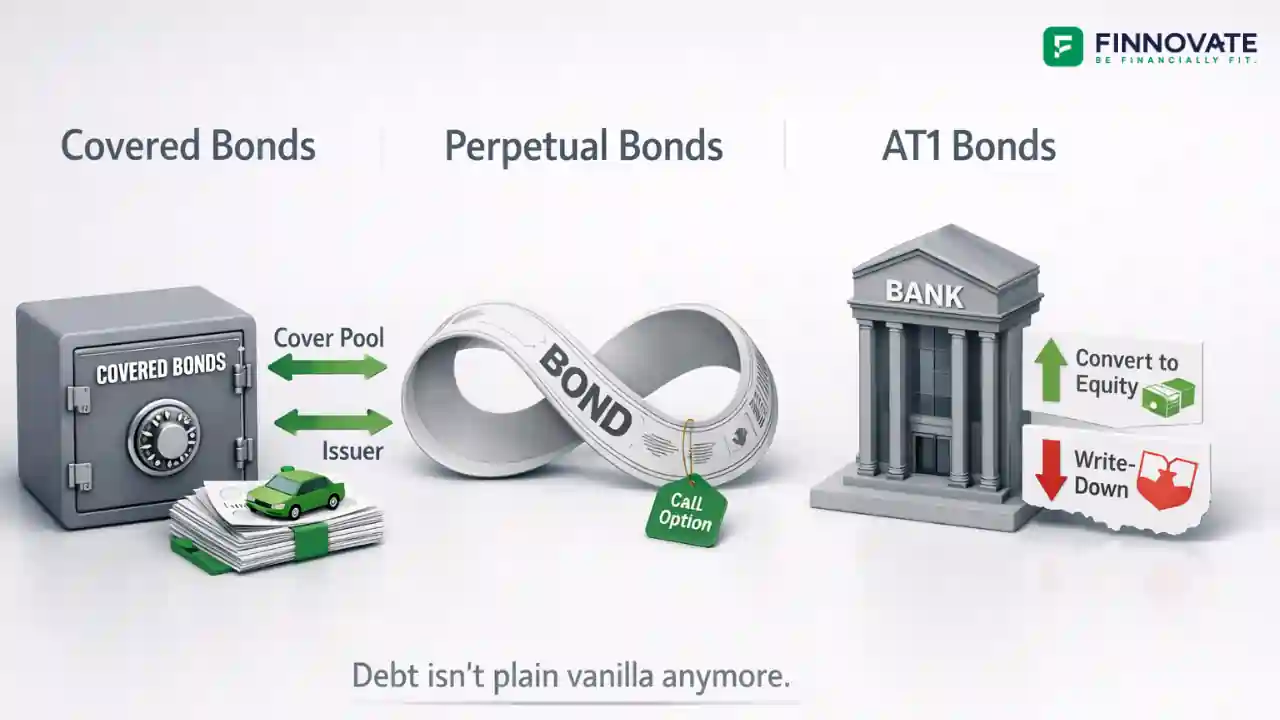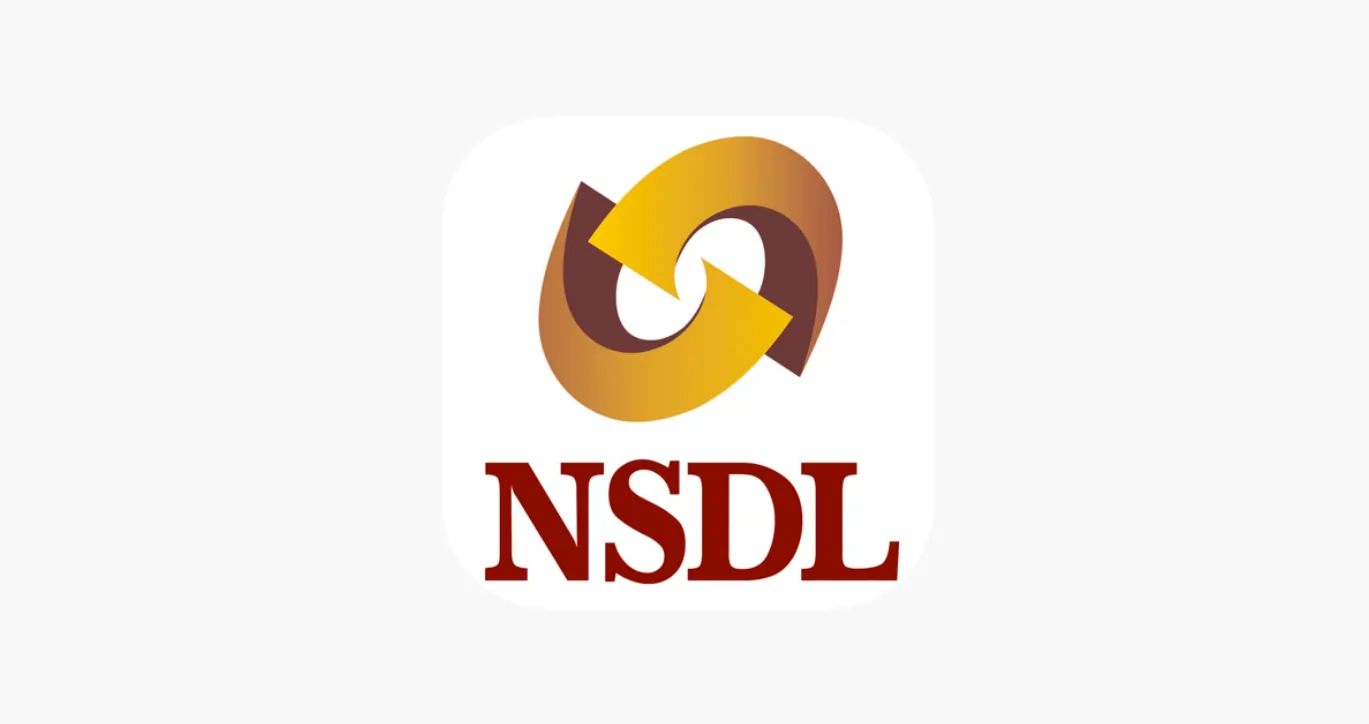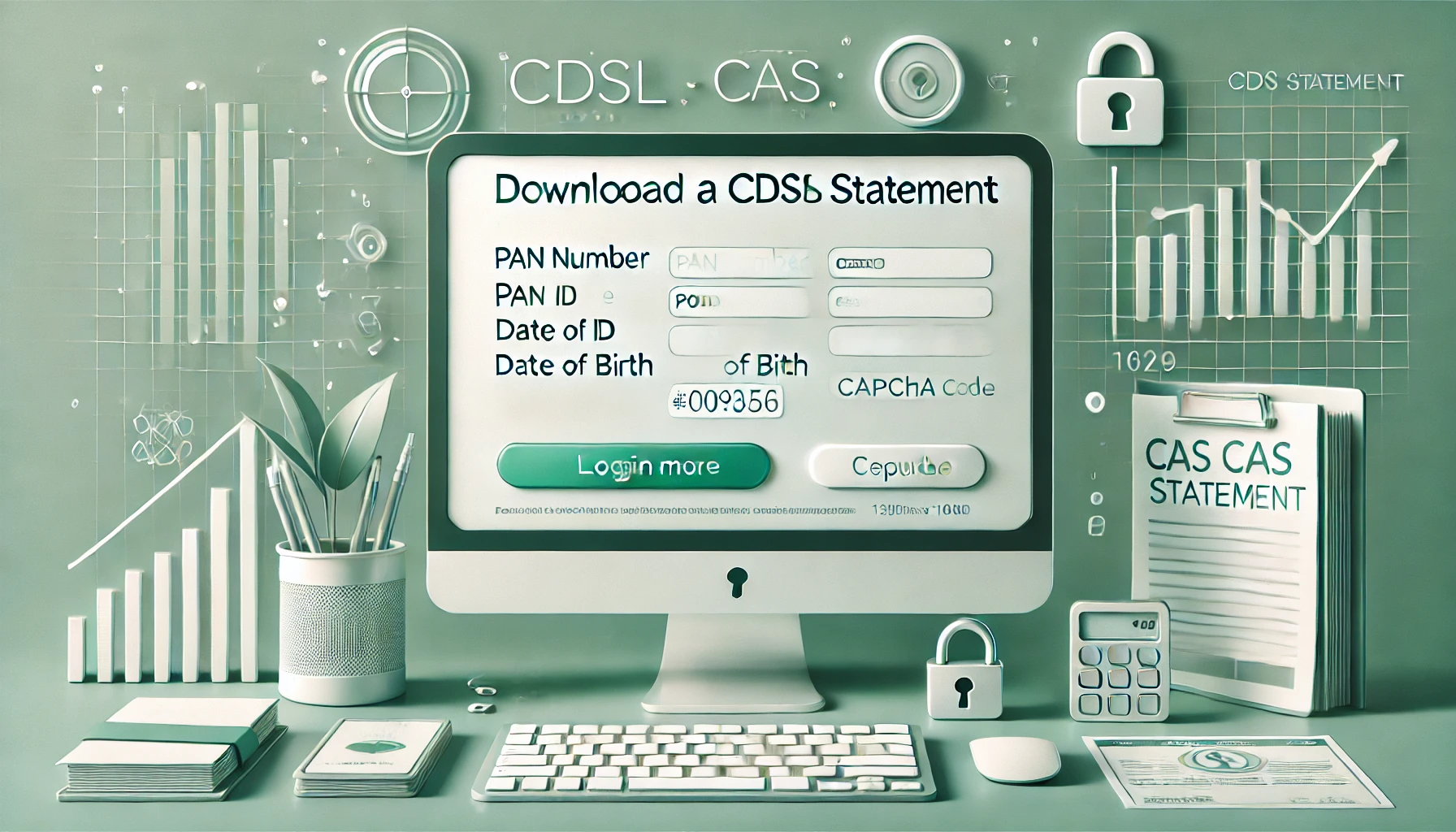
Covered Bonds vs Perpetual vs AT1 Bonds Explained
Covered bonds, perpetual bonds, and AT1 bonds look similar but behave very differently. Le...
Financial planning is the cornerstone of wealth creation and security. As Charles Jaffe wisely pointed out, “It is not your income that makes you rich; it is your spending habits.” Wealth is not built overnight but through disciplined financial planning and smart investment strategies. When we asked ChatGPT about the three essential building blocks of financial planning, the response was Discipline, Patience, and Commitment. While these principles are fundamentally correct, investors need an actionable framework to follow.
This is where the ARC Formula comes into play—a structured approach to ensure systematic wealth creation in a safe yet aggressive manner.
The ARC Formula stands for Asset Allocation (A), Regular Savings (R), and Compounding (C). These three pillars form the foundation of a solid financial strategy. Let’s explore each one in detail:
Asset allocation is the process of distributing your investments among different asset classes, such as equities, real estate, gold, and debt instruments, to optimize returns and manage risks. Studies suggest that asset allocation contributes significantly to long-term investment returns.
Growth Assets: Includes equities and real estate. These provide higher returns but come with higher volatility.
Preservation Assets: Includes gold and debt instruments. These provide stability and act as a hedge against inflation and economic downturns.
Young investors can afford to take risks, making a 70-80% allocation towards growth assets ideal, while 20-30% should be allocated to preservation assets.
As you approach retirement, the asset mix should shift towards safer investments.
A well-diversified portfolio reduces risk and enhances returns over time.
As legendary investor Ray Dalio puts it, “Your asset allocation mix must assume that you do not know what the future holds for you.”
Saving money is often misunderstood. Many believe it is simply the excess of income over expenses. However, a strategic approach requires that you pay yourself first before spending.
If you wait to save after expenses, it rarely happens.
Small, consistent savings over time accumulate into substantial wealth.
Helps create financial discipline and a sense of financial security.
One of the best ways to ensure disciplined savings is through Systematic Investment Plans (SIPs).
For instance, investing ₹10,000 per month in a mutual fund offering 12% CAGR returns over 25 years will generate approximately ₹1.90 crore. What’s interesting is that your personal contribution would be just ₹30 lakh, while the rest ₹1.60 crore comes from compounding.
As John Maxwell wisely stated, “Tell your money where to go, rather than wondering where it went.”
Compounding is when your money starts earning returns, and those returns generate further returns over time. It is one of the most powerful forces in investing, often referred to as the “eighth wonder of the world” by Albert Einstein.
The earlier you start investing, the more time your money has to grow exponentially.
Compounding works best in growth assets like equities and real estate, where returns accumulate over decades.
Time spent in the market is more critical than timing the market.
Consider the BSE Sensex, which grew from 100 in 1979 to 67,000 in 2023—a consistent compounding of 15.94% annually over 44 years. If we include the average dividend yield of 1.5%, that figure rises to 17.44% annually.
As Jeremiah Say aptly puts it, “Compounding is not just about money. It shows that small, consistent efforts can generate remarkable results over the longer term.”
Now that we understand the three pillars of financial planning, let’s see how you can apply them effectively:
Set short-term, medium-term, and long-term financial goals.
Identify your risk tolerance and investment horizon.
Young investors (20s & 30s) should allocate 70-80% in equities and real estate, with 20-30% in debt and gold.
Mid-career professionals (40s) should adjust their portfolio to 60% equities, 30% debt, and 10% gold.
Near-retirement individuals (50s & 60s) should prioritize capital preservation, with 40% in equities, 50% in debt, and 10% in gold.
Use SIPs to consistently invest in mutual funds.
Maintain a strict expense-to-savings ratio, prioritizing savings before spending.
Avoid withdrawing funds prematurely.
Reinvest dividends and interest earnings for maximum compounding.
Keep a long-term perspective and ignore short-term market fluctuations.
The ARC Formula—Asset Allocation, Regular Savings, and Compounding—is a proven strategy for building long-term wealth. By following this disciplined approach, you can achieve financial independence and secure your future.
Start early, stay consistent, and let compounding do its magic. As Warren Buffett famously said, “The best investment you can make is in yourself.” By applying the ARC Formula, you are not just investing in assets but also securing a prosperous future.
Are you ready to take control of your financial future? Start implementing the ARC Formula today and watch your wealth grow exponentially! Subscribe to our newsletter for more expert financial insights and tips. ????
Popular now

Learn how to easily download your NSDL CAS Statement in PDF format with our step-by-step g...

Explore what Specialised Investment Funds (SIFs) are, their benefits, taxation, minimum in...

Learn How to Download Your CDSL CAS Statement with our step-by-step guide. Easy instructio...

Looking for the best financial freedom books? Here’s a handpicked 2025 reading list with...